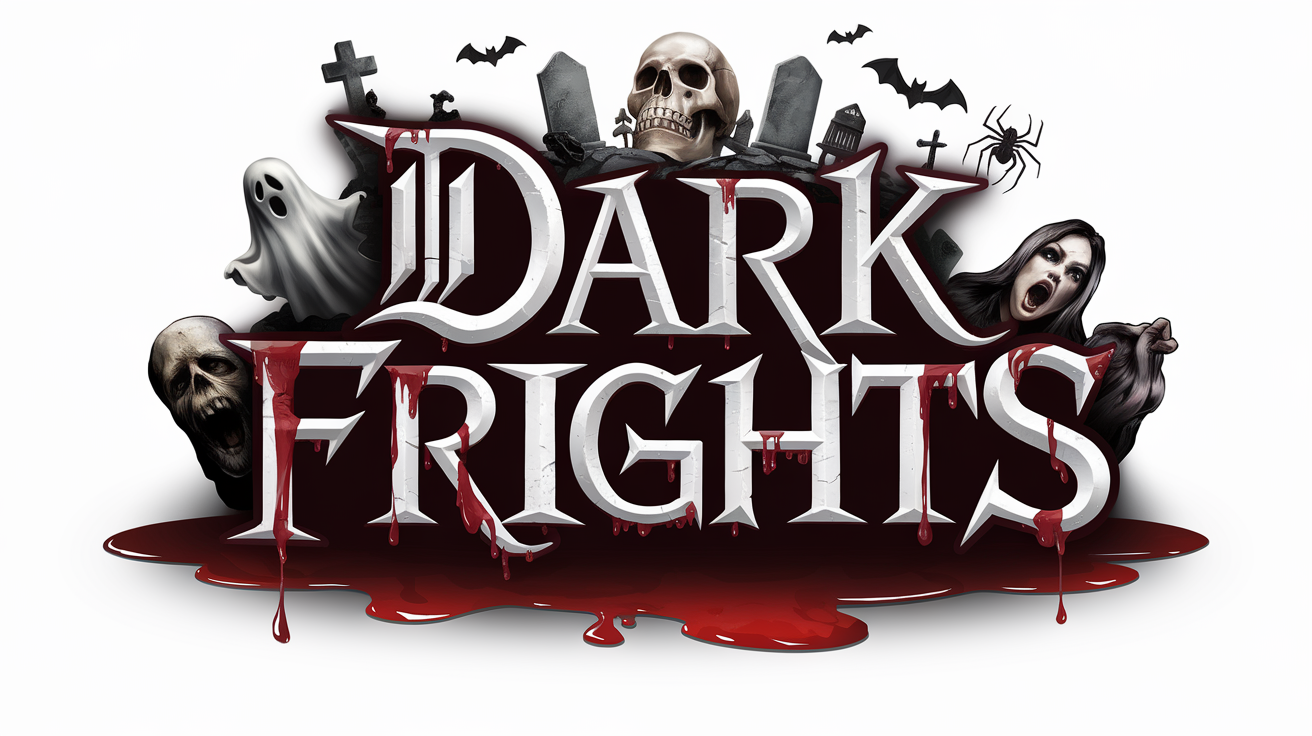By Kadrolsha Ona Carole
Psychological Scares
1. Fear of the Unknown: This taps into a primal fear—the unknown or the unseen. Filmmakers exploit this by keeping threats vague or obscured, allowing viewers’ imaginations to run wild. The fear of what’s lurking in the shadows, what might happen next, or what’s hiding just out of sight can be more terrifying than anything shown on screen.
2. Unpredictability: The unexpected plot twists and unpredictable character actions keep viewers on edge. When characters make irrational decisions or when the storyline suddenly shifts direction, it plays on the fear of losing control and not knowing what will happen next.
3. Psychological Manipulation: Films that explore the human psyche, mental illness, or reality distortion can be deeply unsettling. Movies like “Black Swan” or “Shutter Island” pull viewers into the protagonist’s warped perspective, blurring the line between reality and hallucination.
Atmospheric Scares
4. Atmosphere and Setting: The environment plays a huge role in building suspense. Creepy old houses, abandoned hospitals, or foggy forests set the stage for eerie events. Detailed soundscapes with whispers, creaks, and eerie music immerse viewers in a world where danger feels imminent.
5. Lighting and Cinematography: Clever use of shadows, dim lighting, and sudden darkness can heighten tension. Filmmakers use visual cues to direct the viewer’s attention and manipulate what they perceive, creating a sense of foreboding.

Monster Scares
6. Relatable Monsters: Villains who are not just mindless creatures but have a backstory or a twisted logic can be more frightening. They reflect the darkness within humanity, making them more relatable and, thus, scarier.
7. Body Horror and Gore: Graphic depictions of violence and bodily harm can be shocking and repulsive. Movies like “The Fly” or “Saw” use body horror to elicit a visceral reaction, exploiting fears of injury, disease, and death.
Sociocultural Scares
8. Real-Life Horrors: Horror that reflects real societal fears or issues can be particularly disturbing. Films that tackle themes of domestic abuse, political oppression, or cultural taboos resonate on a deeper level because they reflect the true horrors of the real world.
9. Supernatural Elements: Ghosts, demons, and other supernatural entities tap into existential fears of what lies beyond death. They play on cultural and religious beliefs, and the idea of malevolent forces beyond human control.
Visual and Auditory Scares
10. Jump Scares: These are the classic moments designed to startle viewers with sudden visual or auditory surprises. While they can be seen as a cheap scare tactic, when used effectively, they can punctuate a film’s tension and jolt the audience.
11. Music and Sound Effects: The score of a horror film can be just as terrifying as the visuals. Unsettling music, sudden loud noises, and eerie sound effects create an auditory landscape that keeps viewers’ nerves on high alert.
Emotional Scares
12. Isolation: Characters being alone or cut off from help can create intense fear. Movies like “The Shining” or “The Thing” use isolation to amplify the sense of vulnerability and impending doom.
13. Helplessness: Scenarios where characters are powerless to stop the horror unfolding around them can be deeply frightening. It taps into the fear of losing control and being unable to change one’s fate.
KO’s Remarks: In essence, horror films and TV shows craft a multi-sensory experience designed to push emotional and psychological buttons. They combine atmosphere, sound, storyline, and visual cues to build a crescendo of fear that lingers long after the credits roll.

